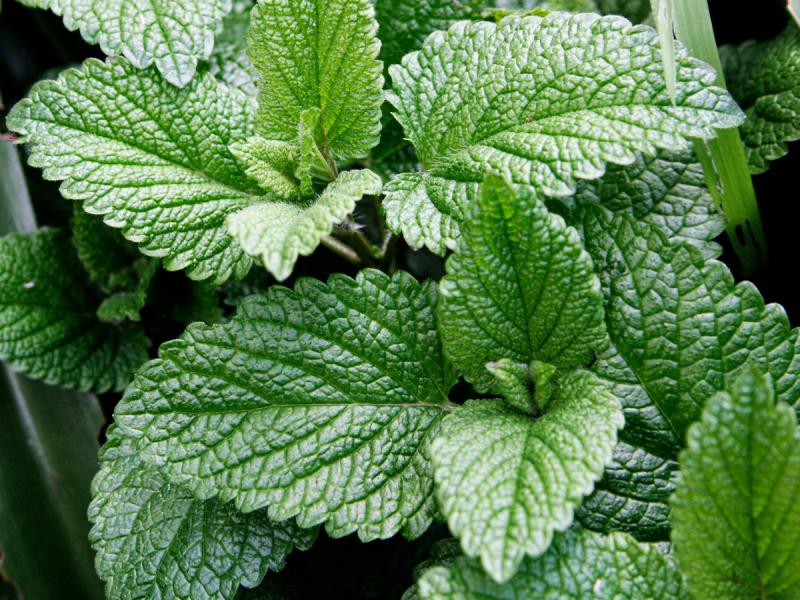August is a laid-back month with plenty of surprises. It was August when an employee of the Louvre hid in a broom closet until the museum closed and walked out with the Mona Lisa under his coat.
And it was August when the volcano Mount Vesuvius erupted, burying the city of Pompeii. Volcano comes from the Italian island Volcano, the island itself named after the god of fire, Vulcan.
But the Anglo-Saxons said it best, calling August “Weodmonath” meaning “weed month.” So it is August in the garden and there are definitely weeds to pull. Put weeds into a compost pile, taking care to avoid those that have already set seed.
You can plant seeds in August for a fall harvest. Plant beets, broccoli, Brussels sprouts, carrots, peas, kale, radishes, spinach and even summer squash. Put your spinach seeds in the refrigerator for a week before planting and they will germinate better.
When you harvest broccoli, leave the rest of the plant in the garden. Water and fertilize the plants and you will get many side shoots of broccoli. Remember that what we eat is actually the unopened broccoli flower buds. If you find the yellow flowers have opened, cut and throw that part away, and wait for more side shoots.
Prune herbs in August to encourage a new burst of leaves. This is a good time to root cuttings of herbs such as mint, sage and rosemary. You can even root basil in water.
Cut back the tops of tomato plants so they put their energy into growing and ripening fruit before frost. Pruning will also give you bigger tomatoes that ripen quicker.
This is a good time to dig up and divide clumps of bearded iris. Replant them immediately so they have a chance to grow a good root system before winter.
Because lawns just about stop growing during the heat of August, raise the height of your lawn mower blades so the taller grass shades the grass roots.
August is known for heat and humidity, which often lead to plant diseases. It is important to keep garden plants trimmed to allow fresh air to circulate. Remove any diseased leaves or even entire plants. Never add diseased plants to the compost pile.
Check your plants for aphids, often found on the underside of the leaves. Rub them off with your fingers or spray them with a direct spray of water. You can also control aphids by releasing lacewing larvae into the garden. They will eat the aphids and save your crops.
Dig up and dry garlic, onions, and shallots after the leaves have flopped over and turn yellow. Store them in netted bags and hang them where they will get lots of air circulation which will keep mold from forming.
Most of all, live in the moment, and sit back and enjoy your August garden perhaps with a cup of herbal tea you have grown and contemplate what to plant, what to harvest and perhaps even thoughts of stealing the Mona Lisa.























































